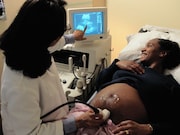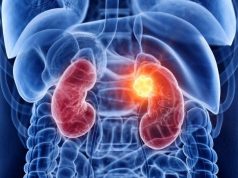Prevalence of neural-tube defects with dolutegravir higher than with other antiretroviral tx
TUESDAY, July 23, 2019 (HealthDay News) — For HIV-infected women receiving dolutegravir from the time of conception, 0.3 percent have offspring with neural-tube defects, representing a small but significant increase compared with other antiretroviral treatment (ART) exposures, according to a study published online July 22 in the New England Journal of Medicine. The research was published to coincide with the 10th International AIDS Society Conference on HIV Science, held from July 21 to 24 in Mexico City.
Rebecca Zash, M.D., from the Beth Israel Deaconess Medical Center in Boston, and colleagues conducted birth-outcomes surveillance at hospitals throughout Botswana and expanded to 18 hospitals in 2018 to 2019. The prevalence of neural-tube defects and the prevalence of major external structural defects were determined according to maternal HIV infection and ART exposure status.
The researchers identified 98 neural-tube defects (0.08 percent of deliveries). Five neural-tube defects were identified in the 1,683 deliveries in which the mother was taking dolutegravir at conception (0.30 percent of deliveries), while 15 neural-tube defects were found among 14,792 deliveries in which the mother was taking any nondolutegravir ART at conception (0.10 percent). The prevalence of neural-tube defects was higher in association with dolutegravir treatment at conception versus nondolutegravir treatment at conception (difference, 0.20 percentage points) or with other types of ART exposure.
“Given that women of reproductive age make up close to half the global population living with HIV infection, the inclusion of pregnant women in clinical safety trials and strengthened requirements mandating postmarketing surveillance for rare outcomes are needed for new agents that treat or prevent HIV infection,” the authors write.
Abstract/Full Text (subscription or payment may be required)
More Information
Copyright © 2019 HealthDay. All rights reserved.








